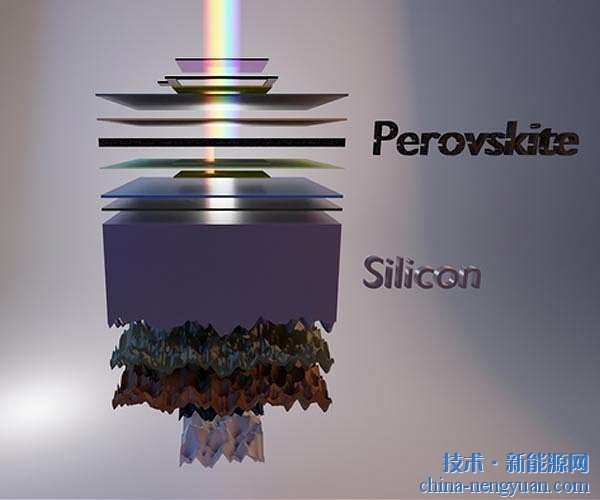 |
Recent research has shown that a wireless device using an advanced near-field electromagnetic energy transmission method could offer a new way to power small medical electronic devices implanted inside the body. While engineering advances have made such implants possible, the challenge of powering them has not yet been fully addressed.
John S. Ho and his team explored an alternative to traditional near-field wireless power transfer, which is often limited by the size and depth of the implant. They used a technique called "midfield power," which allows for more efficient energy delivery to deeper implants. This approach could potentially expand the range of applications for medical devices placed within the body.
The researchers developed a patterned metallic disk that, when positioned close to pig tissue, was able to transmit up to 2,000 microwatts of power through 5 centimeters of tissue to the heart or brain. For comparison, traditional pacemakers typically require only 8 microwatts, meaning this system generates significantly more energy. In a test on a rabbit, the device successfully powered an electrical stimulator placed on the heart’s surface at a depth of 4.5 cm, allowing for effective control of the animal’s heart rate.
Importantly, the energy levels used in the experiment were well within human safety limits. The design of the disk also allowed the electromagnetic field to be focused precisely on the target area, minimizing unnecessary exposure. These findings suggest that midfield wireless power could be a safe and effective solution for charging or powering tiny medical implants through various types of tissue, opening up new possibilities in the field of implantable medical technology.
A polycrystalline novel silicate material obtained by crystallizing glass under the action of a catalyst or a nucleating agent, is a dense, nonporous, homogeneous mixture of a crystalline phase and a residual glass phase. Generally, the size of the crystal can range from nanometer to micrometer, and the number of crystals can reach 50% to 90%. Has high mechanical strength, low electrical conductivity, high dielectric constant, good machinability, chemical resistance, thermal stability and so on. These properties depend on the type and amount of crystals, as well as the composition and properties of the remaining glass phase, and are closely related to the crystallization conditions and the like. According to different nucleation or crystallization treatment, it is divided into photosensitive and heat-sensitive glass-ceramics. Can be used to make circuit boards, charge storage tubes, screens for photomultiplier tubes, missile warheads, radomes, bearings, pumps, reactor neutron absorbing materials, insulating pillars, etc.
Machinable Glass Ceramic Bar,Machinable Ceramic Flange,Glass Ceramic Bars,Machinable Glass Ceramic Bars
Dongguan Haikun New Material Co., Ltd. , https://www.hkceram.com